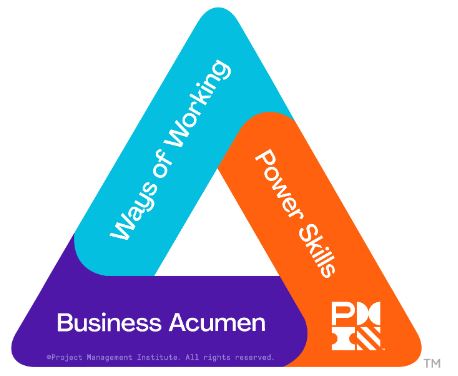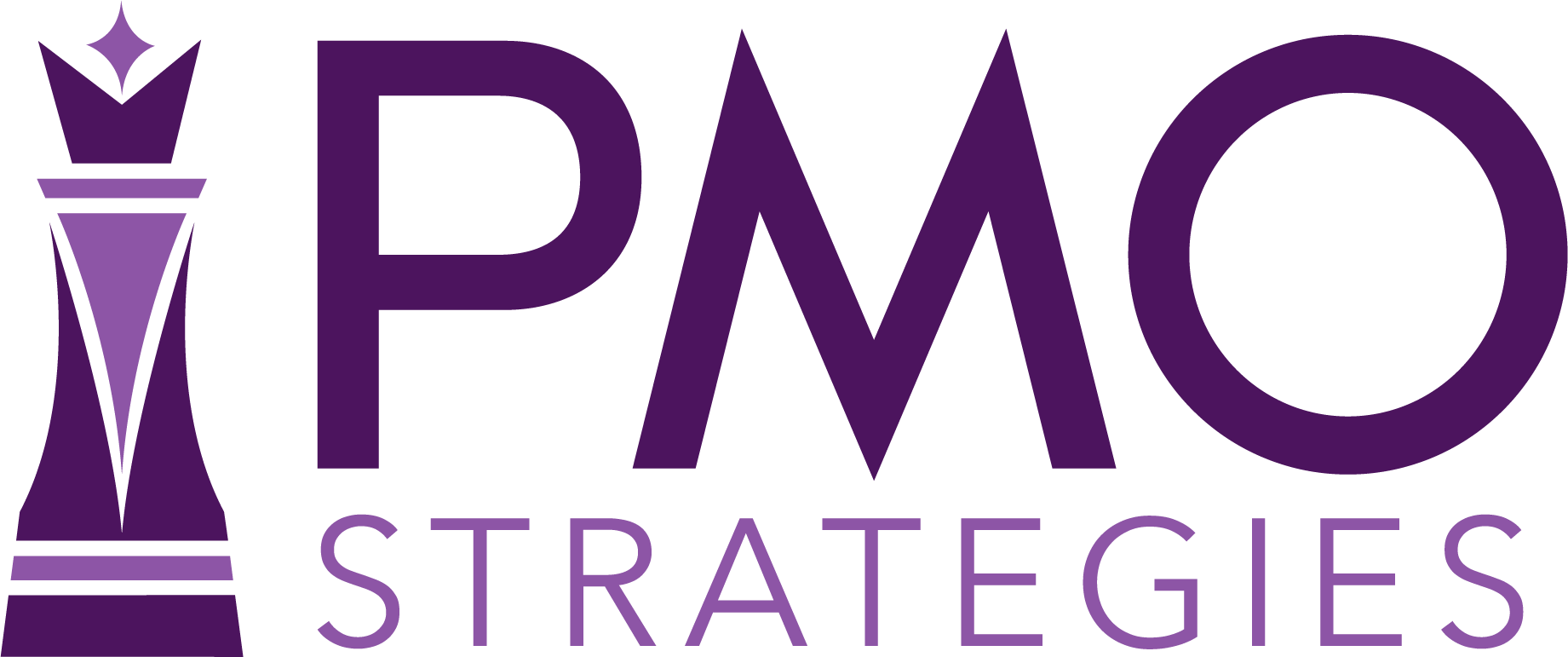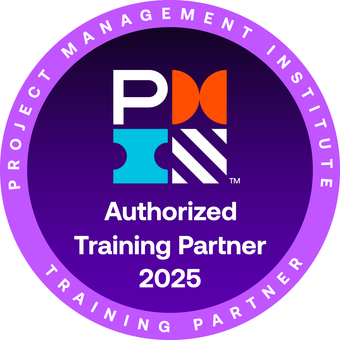In today’s fast-paced business environment, it’s easy to fall into the trap of multitasking—juggling numerous projects, tasks, and meetings while trying to keep everything on track. But the truth is, multitasking could be one of the biggest barriers to true productivity. The solution? Creating organizational flow that reduces multitasking and allows teams to work at their most productive pace.
In this week’s episode of the PMO Strategies Podcast, I sit down with Wolfram Müller, an expert in optimizing knowledge work, to discuss the findings of the State of Organizational Flow Report. This study reveals powerful insights on how organizations can reduce multitasking and improve productivity by fostering flow within teams. With participation from over 42 companies, the data offers a clear path forward for leaders aiming to boost efficiency.
Why Multitasking is a Productivity Killer
Multitasking often feels like an unavoidable reality in project management, especially in fast-moving organizations. However, research consistently shows that multitasking doesn’t make us more efficient—it actually slows us down. Each time we switch tasks, we lose focus, increase errors, and extend the amount of time needed to complete each activity.
Wolfram highlights that the biggest challenge organizations face is managing flow—the smooth progression of tasks and work without unnecessary disruptions. Creating flow means aligning tasks, priorities, and communication in a way that eliminates bottlenecks and keeps teams moving forward without distractions.
What is Organizational Flow?
Flow, in a business context, refers to the state in which individuals or teams can work without constant interruption, achieving peak focus and productivity. When teams are in a state of flow, they are fully immersed in their work, and their output tends to be higher in both quality and efficiency. In contrast, multitasking and task-switching break this flow, causing delays, rework, and frustration.
According to the State of Organizational Flow Report, the key to achieving this state lies in three core principles:
- Eliminating Bottlenecks: Identify where work is getting stuck, whether due to resource limitations, communication breakdowns, or inefficient processes.
- Reducing Multitasking: Encourage teams to focus on fewer priorities at a time, allowing them to concentrate and achieve greater results.
- Fostering Clear Communication: Ensure that goals, tasks, and timelines are clearly communicated, so everyone is aligned and knows what to expect.
The Key to Reducing Multitasking and Increasing Flow
So, how can leaders reduce multitasking and improve organizational flow? Wolfram emphasizes the importance of prioritization and limiting work in progress. By focusing on fewer initiatives at a time and completing them before moving on to the next, teams can achieve more consistent and higher-quality results.
One of the most interesting findings from the report is that reducing multitasking benefits all types of organizations—whether they follow Agile, Waterfall, or hybrid project management methodologies. It’s not about the specific processes or tools you use, but rather about ensuring that your teams can focus and maintain flow throughout their work.
How to Get Involved in the Organizational Flow Study
If you’re interested in seeing how
flow could transform your organization, there’s a way to take part in this important research. By joining the
State of Organizational Flow Report, you can receive personalized insights and data to help you improve your team’s productivity and flow. It’s a free opportunity to gain valuable knowledge and contribute to a growing body of research that’s helping organizations around the world reduce multitasking and achieve breakthrough results.
You’ll get access to actionable data that can directly impact how your team functions, allowing you to identify bottlenecks, adjust workflows, and increase efficiency.
Key Takeaways from the Episode
✔️ Multitasking is a productivity killer: Shifting focus between tasks leads to delays and lower-quality work. Reducing multitasking is essential to improving productivity.
✔️ Flow is the key to peak performance: Creating a state of flow for your team allows them to work uninterrupted, focus better, and achieve more in less time.
✔️ Prioritization is crucial: By limiting the number of tasks or projects in progress, teams can concentrate on what matters most and deliver results faster.
✔️ Join the study: Participate in the State of Organizational Flow Report to receive valuable insights that can help your team thrive.
How The IMPACT Engine Book Can Help
Want to dive deeper into creating flow and reducing multitasking? In The IMPACT Engine, I explore practical strategies for fostering flow, improving communication, and eliminating bottlenecks in your organization. If you’re ready to take your productivity to the next level, order your copy today and start applying these techniques to your projects.
Final Thoughts on Flow and Productivity
Multitasking may feel like the only option when juggling multiple projects, but it’s one of the biggest hurdles to true productivity. By reducing multitasking and creating a state of flow, you can lead your team to greater efficiency, focus, and results. Whether you’re leading a PMO or managing a transformation, organizational flow is a game-changing concept that can help you meet deadlines and deliver higher-quality outcomes.
🎧 Ready to learn more? Listen to the full episode by pressing play above.

 hanks for taking the time to check out the podcast!
hanks for taking the time to check out the podcast!









